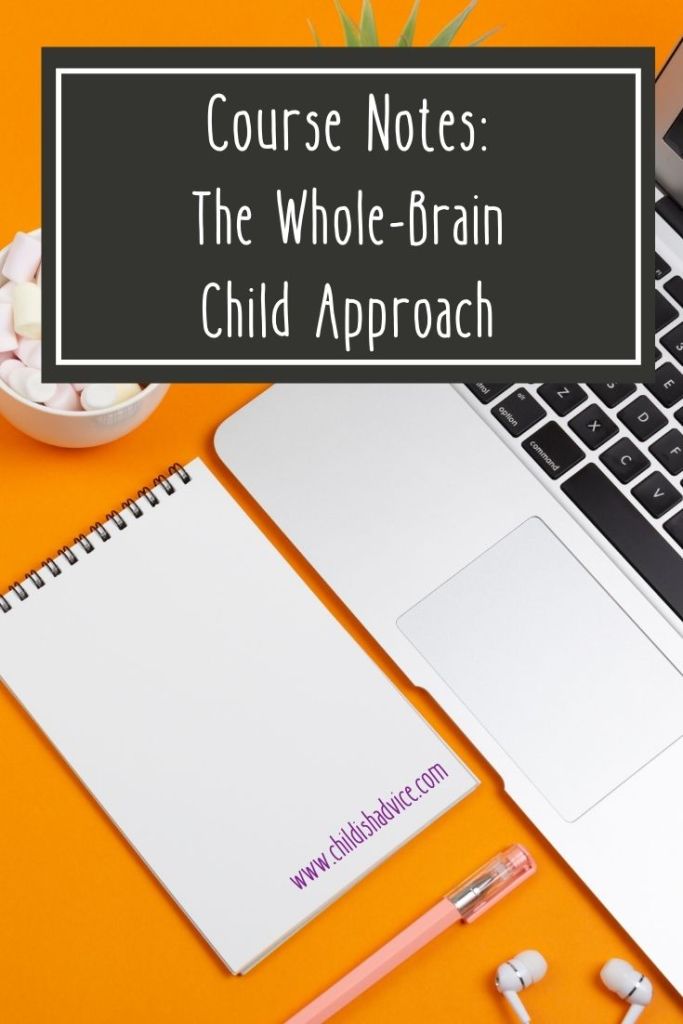In Monday’s post, we discussed:
- How our two types of memory (implicit and explicit) work together to recall an experience
- What to do if an implicit memory (feelings, behavior, bodily sensations) is disconnected from its explicit memory (recall of an experience), resulting in an emotional flood
- Strengthening and integrating these memory pieces through daily practice
Now that we’re caught up, let’s move to the next three strategies.
The United States of Me
As your child learns and becomes aware of their emotions, what may trigger them, and how to address them, they begin to understand that situations are complex and multi-faceted.
In addition, we as parents need to recognize our role and the influence we have on our kids. Children can be so attuned with their parents (thanks, mirror neurons) that they copy them and absorb their emotional states. So, if you’re frazzled, they’re frazzled. If you’re calm, they are (for the most part) calm.
The next strategies are about integrating the many parts of your child and how to guide them to do so by themselves.
Strategy 8 – Let the Clouds of Emotion Roll By
Feelings are like the weather; they come and go. However, there can be times when your child can get stuck in an emotion that they can’t seem to get out of. One reason might be that we may view a feeling as a trait (“I’m stupid) rather than a state (“I feel stupid”). Teach them the difference by changing the wording from “I am” to “I feel”.
*Tip: Adults also get bogged down in negative thoughts. The next time you’re in a funk, change up your narrative and give yourself some positive affirmations.
Strategy 9 – S-I-F-T
S-I-F-T is an acronym to help improve self-awareness and insight.
- S – Our (bodily) Sensations
- I – Images gathered from our 5 senses (sound, sight, smell, taste, touch)
- F – Our Feelings
- T – Our Thoughts
This tool can be used in many ways. Not only can it help determine what may be going on with your child, but can also serve as a prompt to spark interpersonal connection. For example, “My tummy is gurgling. Is yours? Are you hungry too?”
Another way to use it is by helping your child take control of images in their heads. I tried this technique with my son last week. He heard a scary noise outside his window at night and had trouble falling asleep because of it. Logical explanations (it’s the wind from a passing storm) were not cutting it. So, we walked through the scenario using this tactic. This is what it looked like:
- Sensations – tight chest, feeling “up”
- Images – scary howling noise
- Feelings – scared, afraid
- Thoughts – “I don’t know”
We then changed the narrative by using imagination and positive imagery to make this scary situation not-so-scary. Because he didn’t know what to think about the noise, we said it could be Baby Beluga’s friends asking him to sing his songs (we really like this Raffi song). Once he had this picture in his head, he was able to fall asleep just fine, holding his Baby Beluga stuffed animal.
Strategy 10 – Exercise Mindsight

What is mindsight? A term coined by author Dr. Daniel Siegel in 1981, it refers to how we have insight into ourselves and have empathy for others. To exercise this skill, the authors refer to the wheel of awareness where the hub is a place of calmness and clarity, receptiveness and peace (finding your center, if you will). The outer rim is what is known, like S-I-F-T from strategy 9. By being in the hub, your child can view all the states of a situation objectively and then can choose what part of that situation they want to attend to. The goal here is to teach kids that they have a choice about what and where they focus their attention.
How can your child enter their hub? By practicing mindful activities like meditation and breathing that help with grounding and rooting into the present.
When young children are beginning to learn this skill, parents must act as the hub. This means that parents need to be emotionally connected with their children, guiding them through the process. Doing this can build a secure attachment with you and over time, resilience for your child.
It’s important to know that part of emotional connection is shared attention, being fully present for them. It means allowing them to figure and talk out aspects of the issue, rather than telling them what/how to think or feel. Being present (and not reactive) during times of upheaval can be hard at first and it takes practice. But without emotional connection, feelings of shame can arise. You don’t want your child to think that you only want to be present for them during “good behavior”. On the contrary, their times of big feelings and emotional hijacking are when they need you the most.
Stay tuned next week with the final installment of the Whole-Brain Child Approach series.
Sources:
Siegal, D.J. and Bryson, T.P. (2013, November 8). The Whole-Brain Child Approach: Develop Kids’ Minds and Integrate Their Brains for Better Outcomes. Retrieved from seminar.
Like this post? Follow Child(ish) Advice on Facebook, Twitter, Pinterest, Instagram, and now on TikTok.



2 thoughts on “Course Notes: The Whole-Brain Child Approach, Pt. 4”